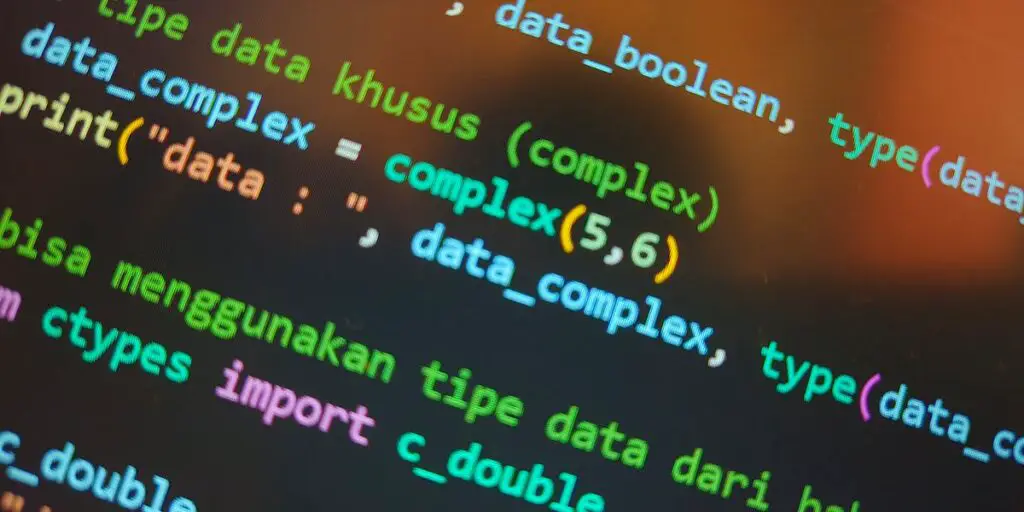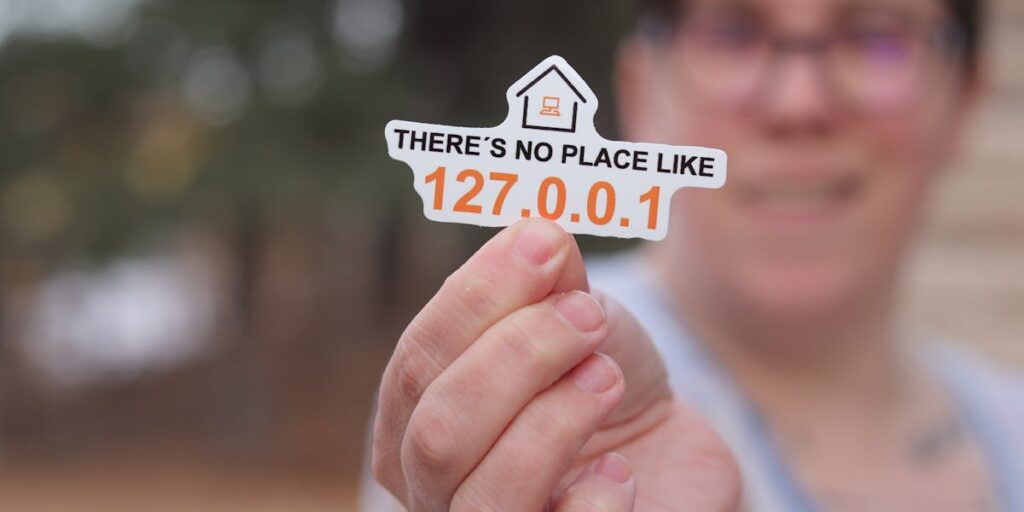Elements of a Programming Language
Programming languages are composed of various elements that provide structure and meaning to a program. Key elements include:
- Syntax: Rules that define the structure of valid statements in the language.
- Data Types: Classification of data items, such as integers, floats, or strings.
- Variables: Named storage locations to hold data.
- Operators: Symbols or keywords used for performing operations (arithmetic, relational, logical, etc.).
- Control Structures: Constructs like loops and conditionals to dictate program flow.
- Functions/Procedures: Reusable blocks of code that perform specific tasks.
- Input/Output (I/O): Mechanisms to take user input and display output.
- Libraries/Modules: Predefined code collections for specific functionalities.
Explanation of Terms
1. Data Type
A data type defines the type of data a variable can hold, such as integers, floating-point numbers, characters, or booleans. It determines the operations that can be performed on the data.
age = 25 # Integer data type
pi = 3.14 # Floating-point data type
name = "Alice" # String data type
is_active = True # Boolean data type
2. Expression
An expression is a combination of variables, constants, and operators that evaluates to a value.
x = 10
y = 5
result = x + y * 2 # Expression: Evaluates to 10 + (5 * 2) = 20
print(result) # Output: 20
3. Assignment
An assignment is the process of storing a value in a variable using the assignment operator (=).
x = 10 # Assigns the value 10 to the variable x
y = x + 5 # Assigns the value of the expression (x + 5) to y
print(y) # Output: 15
Operators
4. Logical Operators
Logical operators are used to combine or negate boolean expressions.
| Operator | Description | Example |
|---|---|---|
and |
Logical AND | (x > 5 and y < 10) |
or |
Logical OR | (x > 5 or y < 10) |
not |
Logical NOT | not(x > 5) |
x = 7
y = 12
print(x > 5 and y < 15) # Output: True
5. Relational Operators
Relational operators compare two values and return a boolean result.
| Operator | Description | Example |
|---|---|---|
< |
Less than | (x < y) |
> |
Greater than | (x > y) |
<= |
Less than or equal | (x <= y) |
>= |
Greater or equal | (x >= y) |
x = 10
y = 20
print(x < y) # Output: True
6. Equality Operators
Equality operators compare two values for equality or inequality.
| Operator | Description | Example |
|---|---|---|
== |
Equal to | (x == y) |
!= |
Not equal to | (x != y) |
x = 15
y = 15
print(x == y) # Output: True
print(x != y) # Output: False
Conclusion
Understanding the elements of programming languages and concepts like data types, expressions, assignment, and operators is essential for writing effective and meaningful code. These concepts form the foundation of any programming task, enabling developers to build logical and efficient programs.





